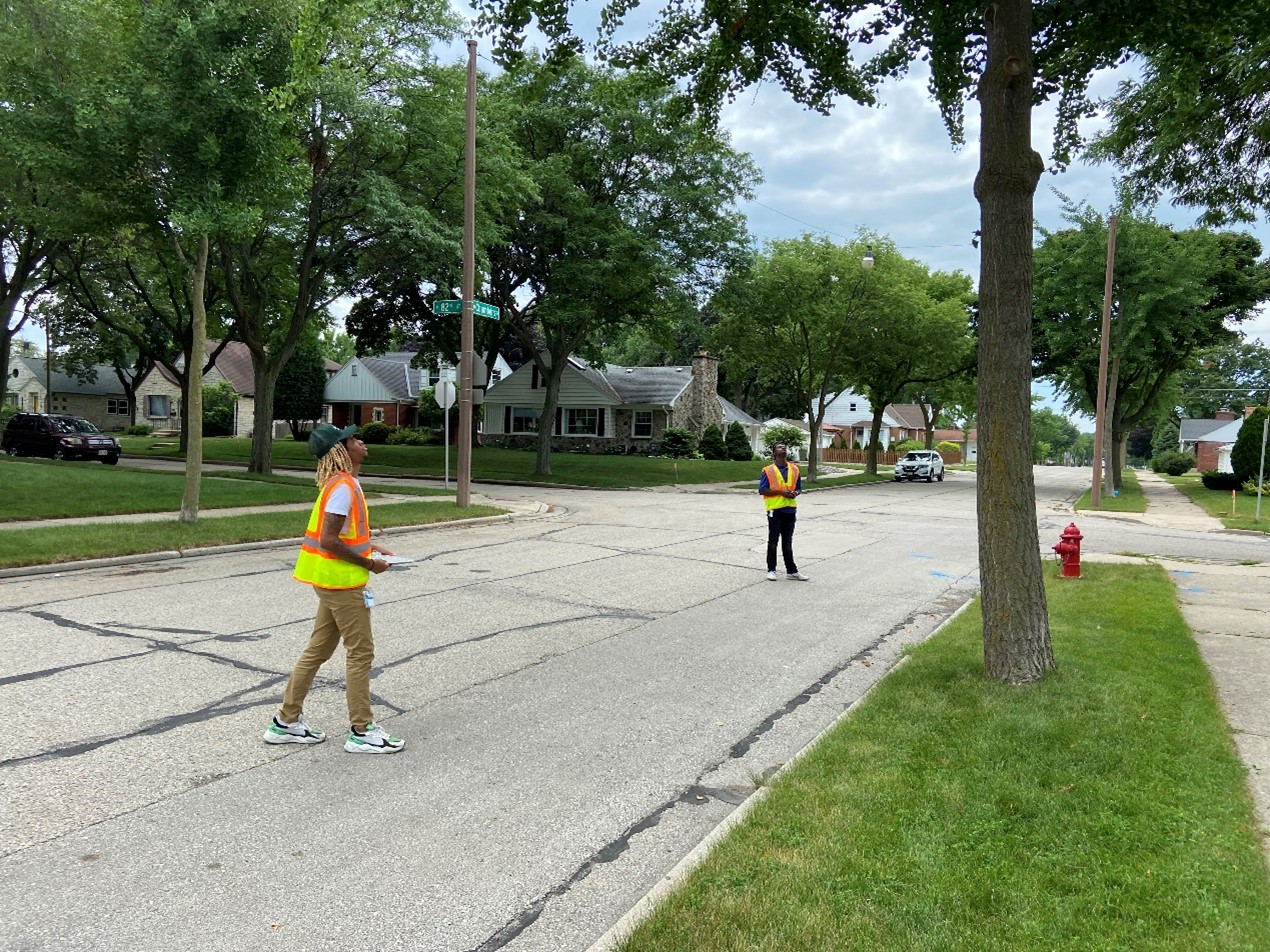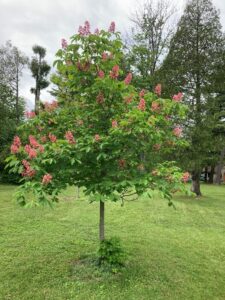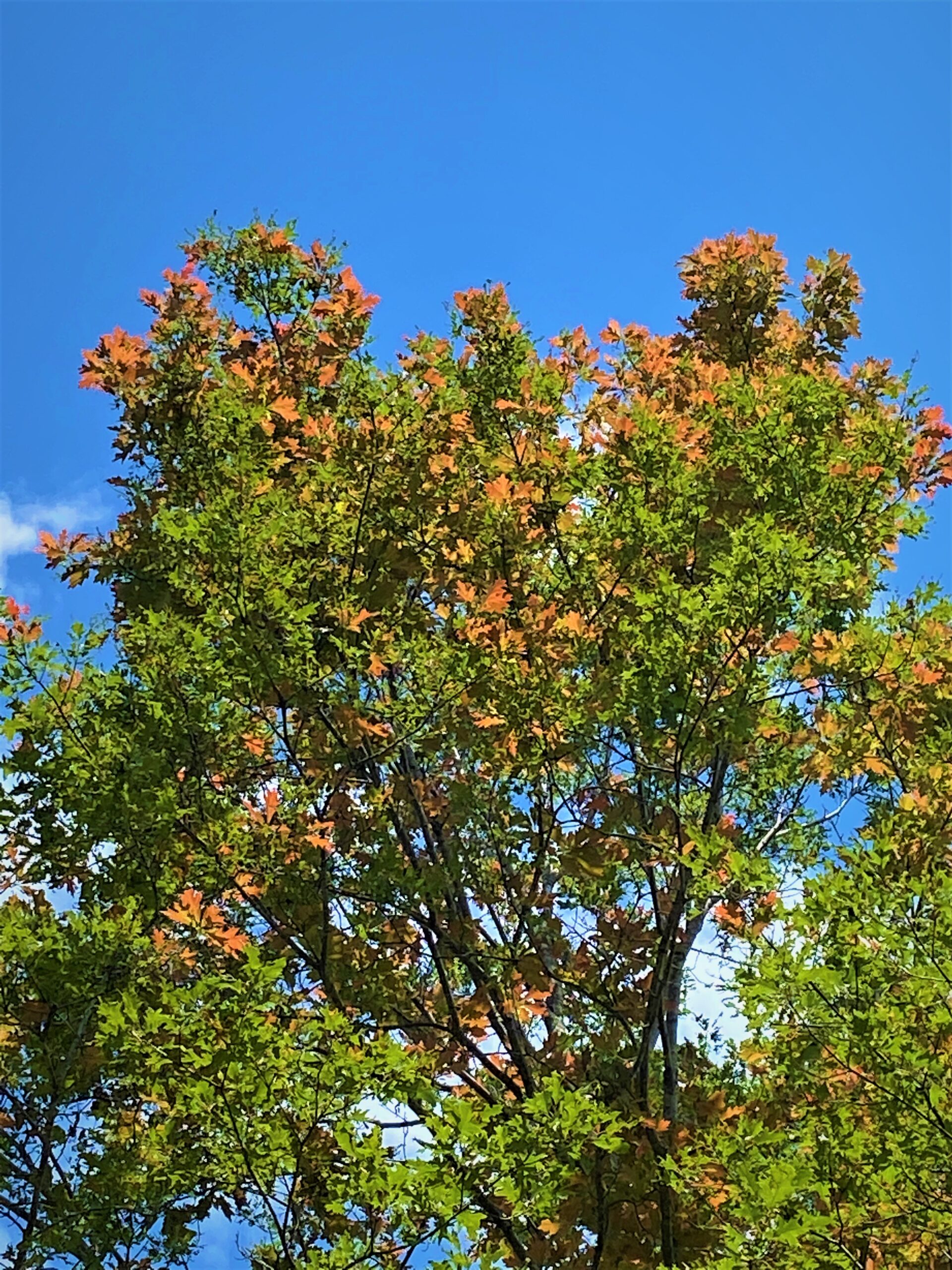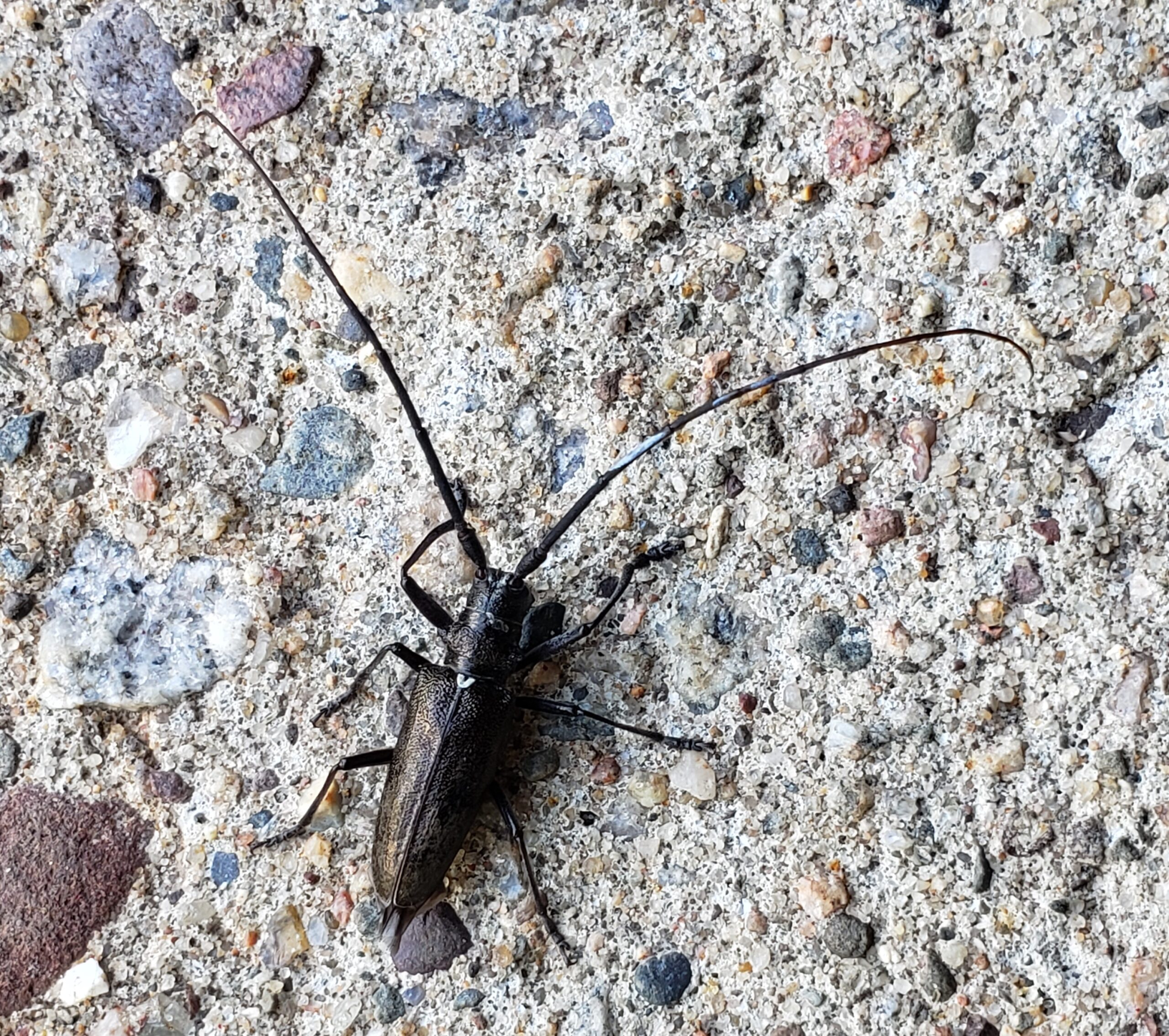By: Kolin Bilbew, Odell Kimble, Dan Buckler
(Dan Buckler)
Summer is an exciting time for those of us working and playing in the woods, and this year it was especially true as I spent much of it with two great urban forestry students. Kolin Bilbrew and Odell Kimble, both rising juniors in the Urban Forestry program at Southern University in Baton Rouge, Louisiana, spent two months in Milwaukee learning about urban trees, forest management, and data collection. A collaboration between the university, the Wisconsin DNR, and the USDA Forest Service created the internship program, which welcomed Kolin and Odell as its first cohort.

Odell Kimble (front) and Kolin Bilbrew (back) assess the condition of a ginkgo tree in Milwaukee.
Continue reading “Reflections On A Summer Internship With The Wisconsin DNR Urban Forestry Program”





